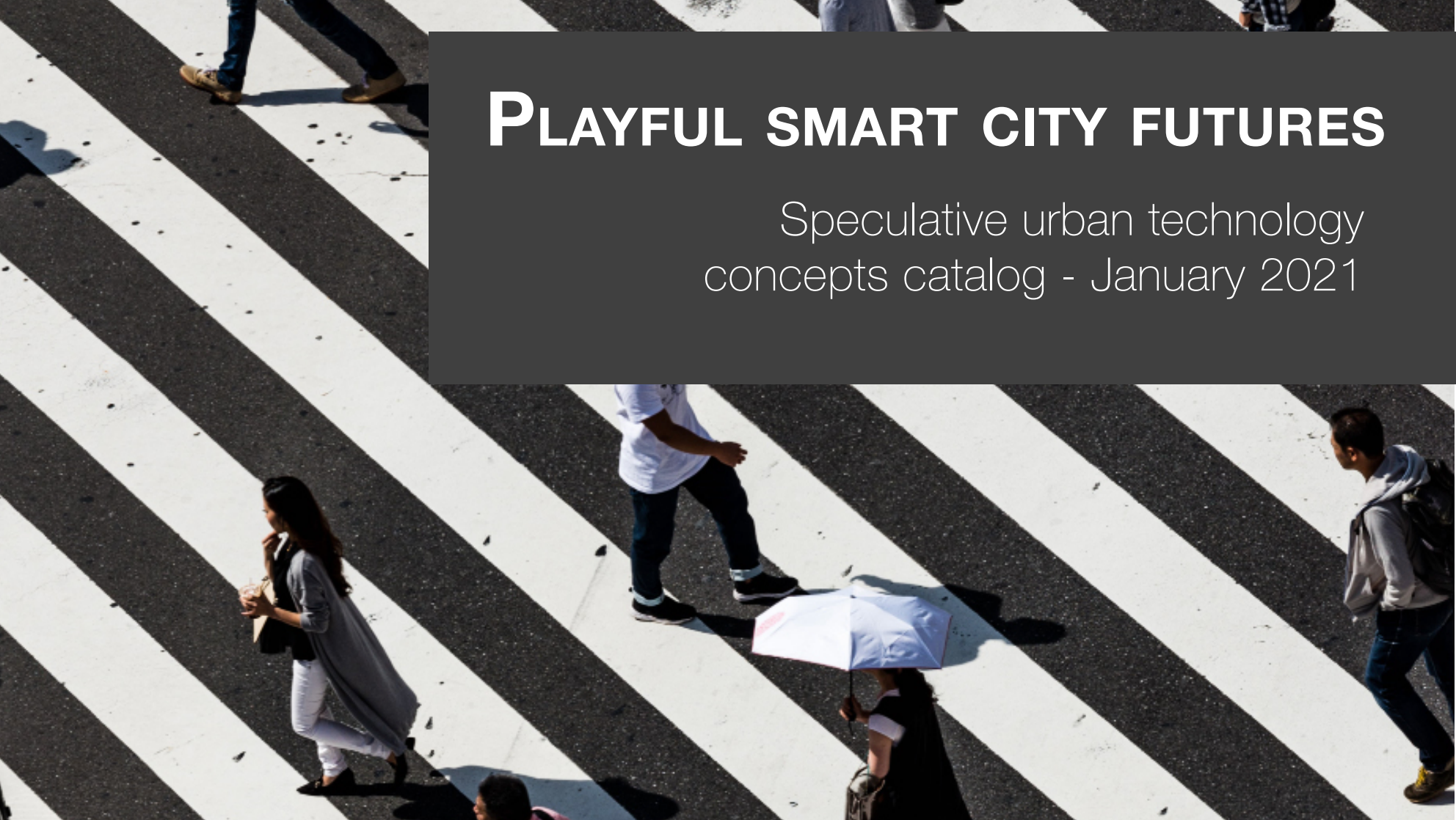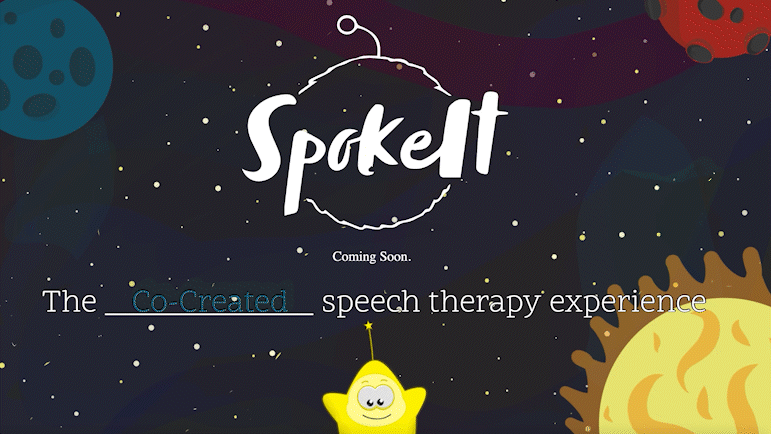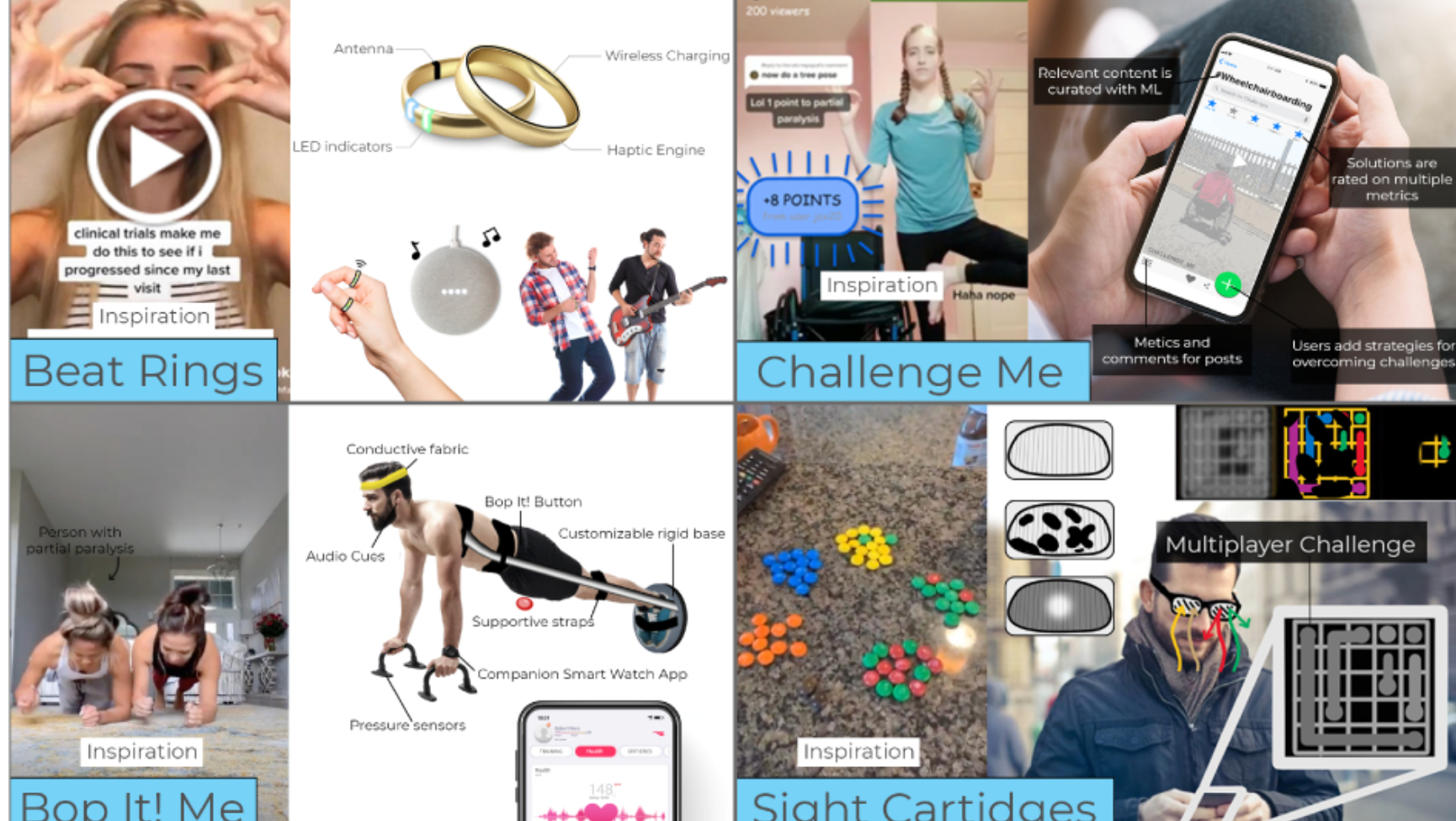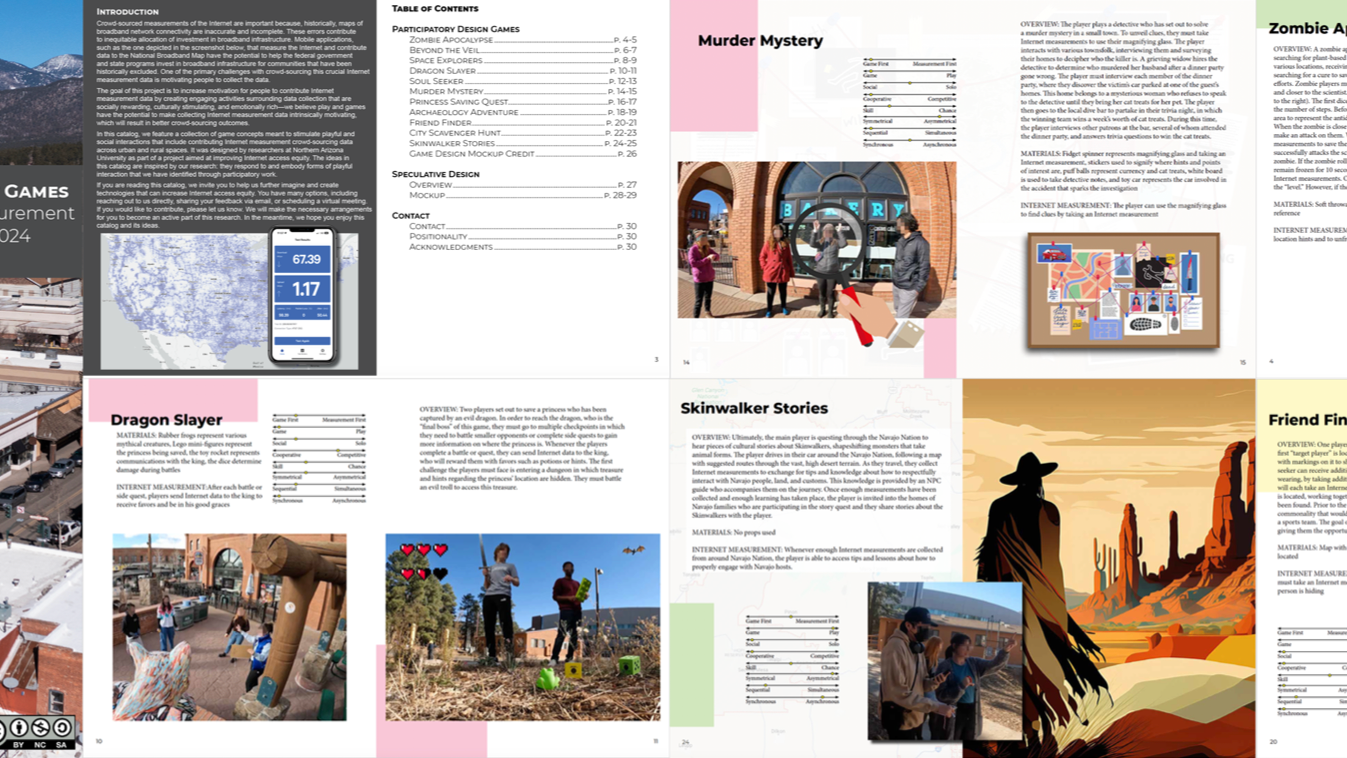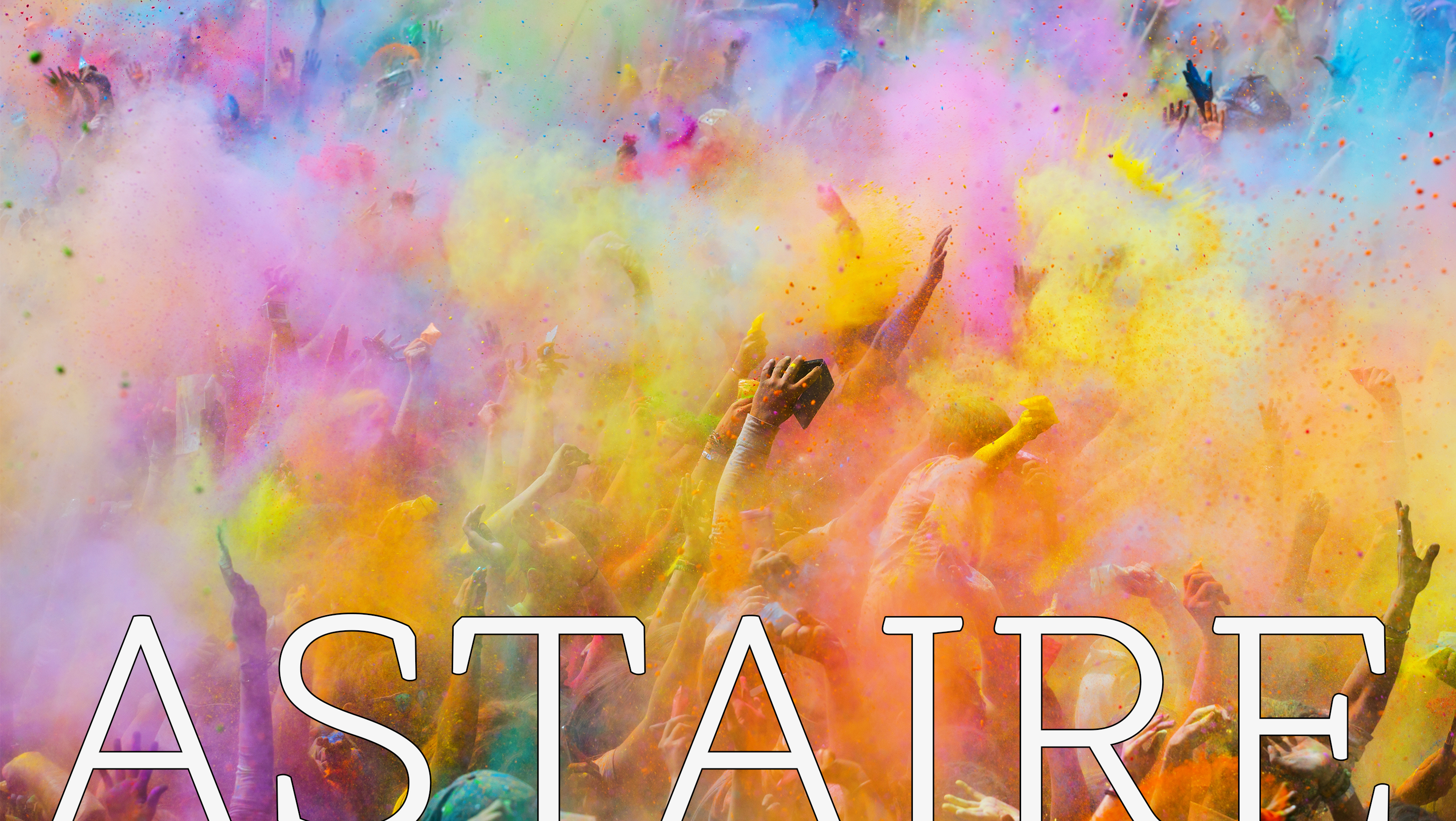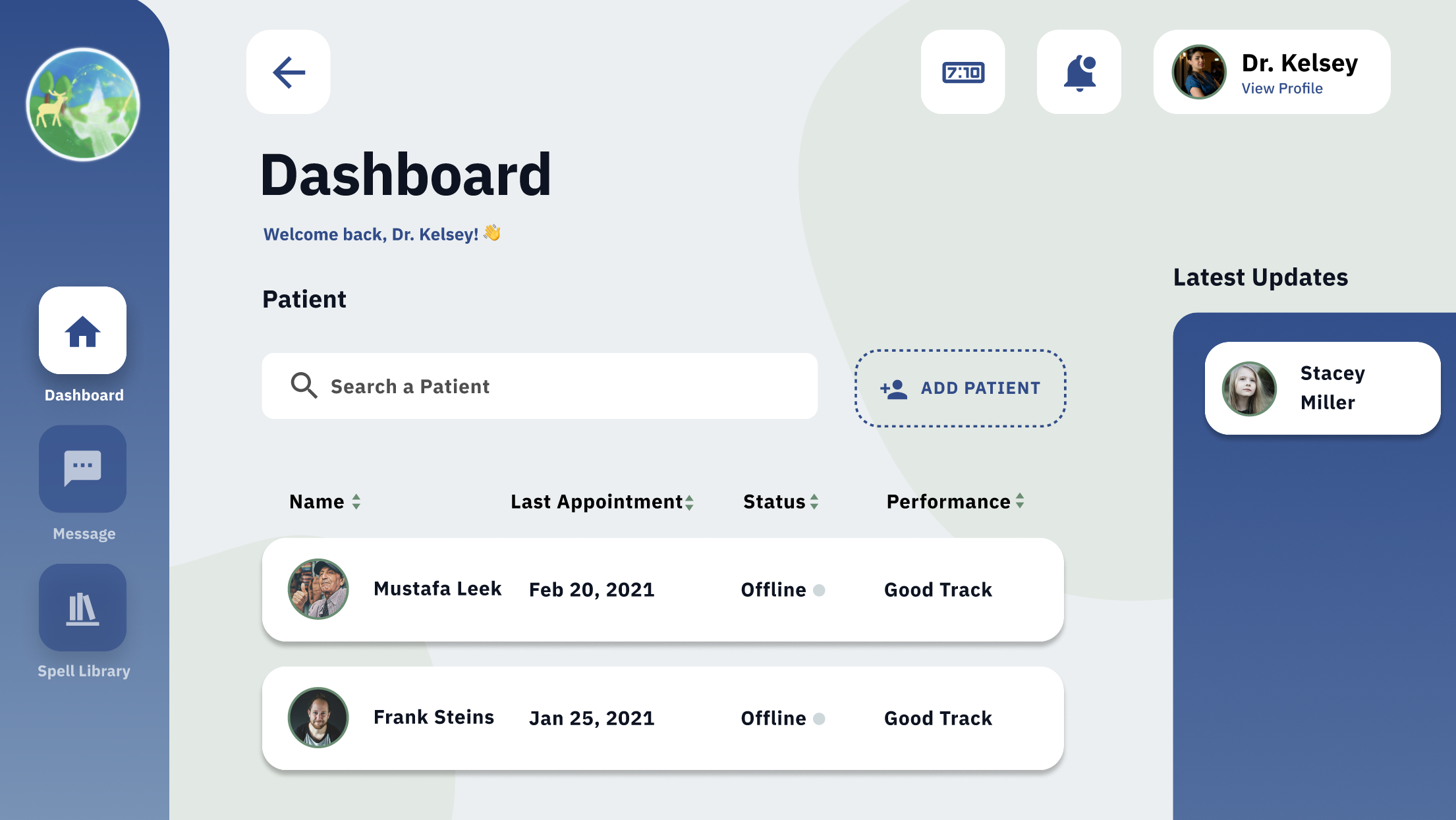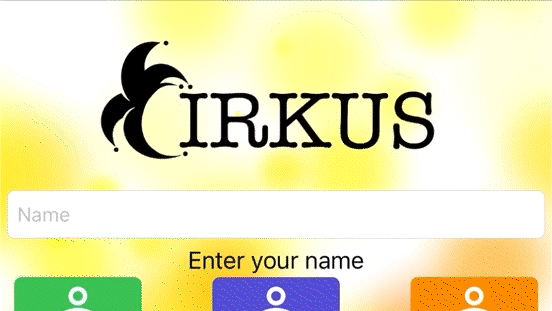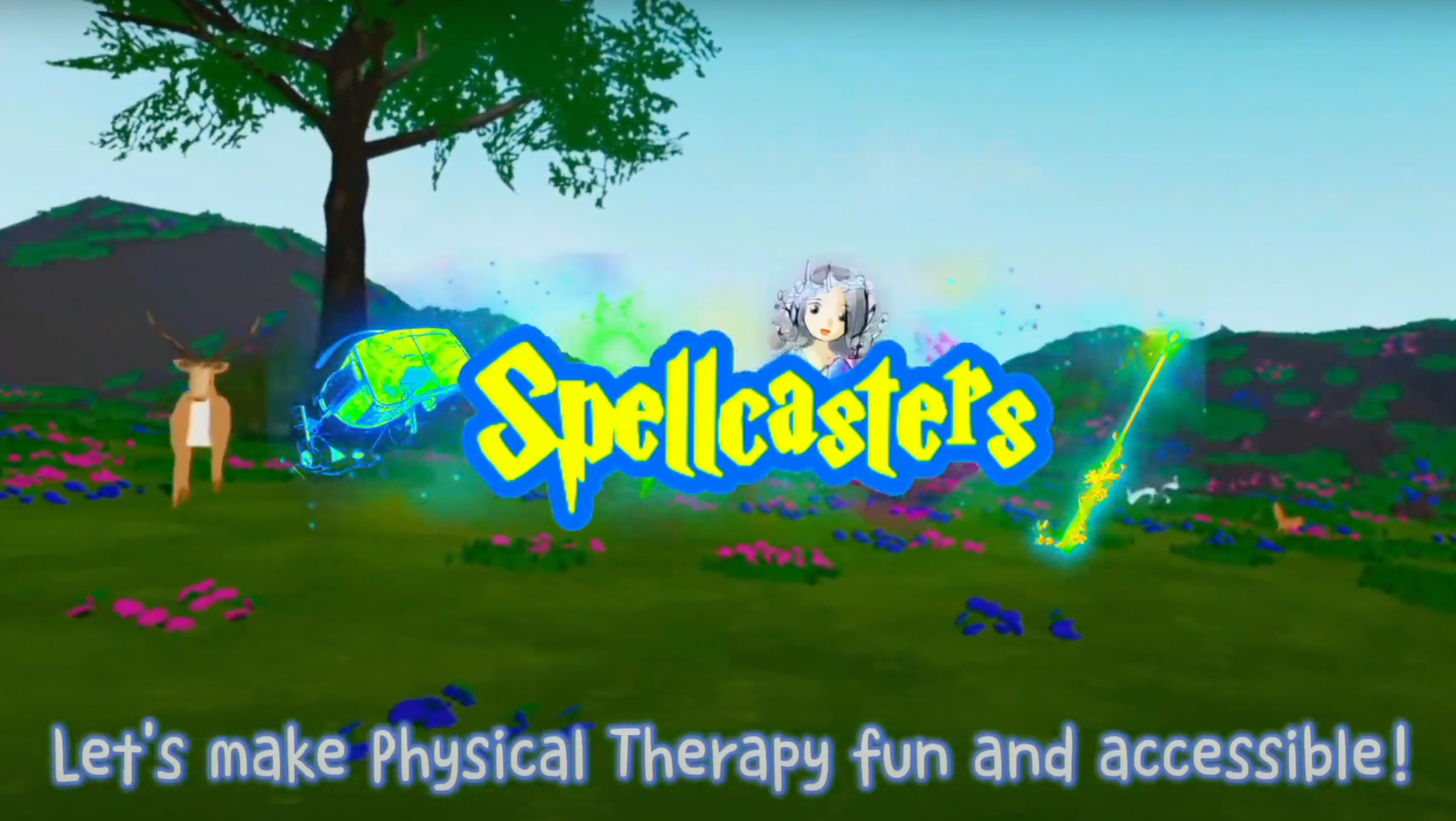Disability-Related Empathy from Existing Media
DREEM is an emerging method for developing research agendas that are true to the needs of a specific population. Cultural content such as videos and podcasts are rich with authentic perspectives and tacit design knowledge from communities of people with disabilities. The motivations of this work include recent critiques of technosolutionism, inspiring methods used in humanities and social sciences (e.g., close reading \cite{brummettTechniquesCloseReading2019} and netnography, empathy that builds partnerships people with disabilities rather than trying to experience disability ourselves and sharing labor in taxing design work—all as a precursor to working directly with communities. DREEM consists of 4 empathy-building steps towards developing authentic research agendas:
1) Discover relevant media
2) Perform close readings
3) record autoethnographic reflections
4) Generate research agendas based on a thematic analysis.
Screenshot of our web application that supports DREEMing
My Role
I am a co-founder of DREEM. Situated Play Design informed the creation of DREEM. I developed the DREEM tool prototype in the screenshot above.

